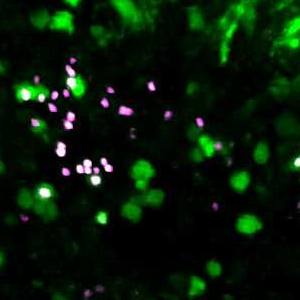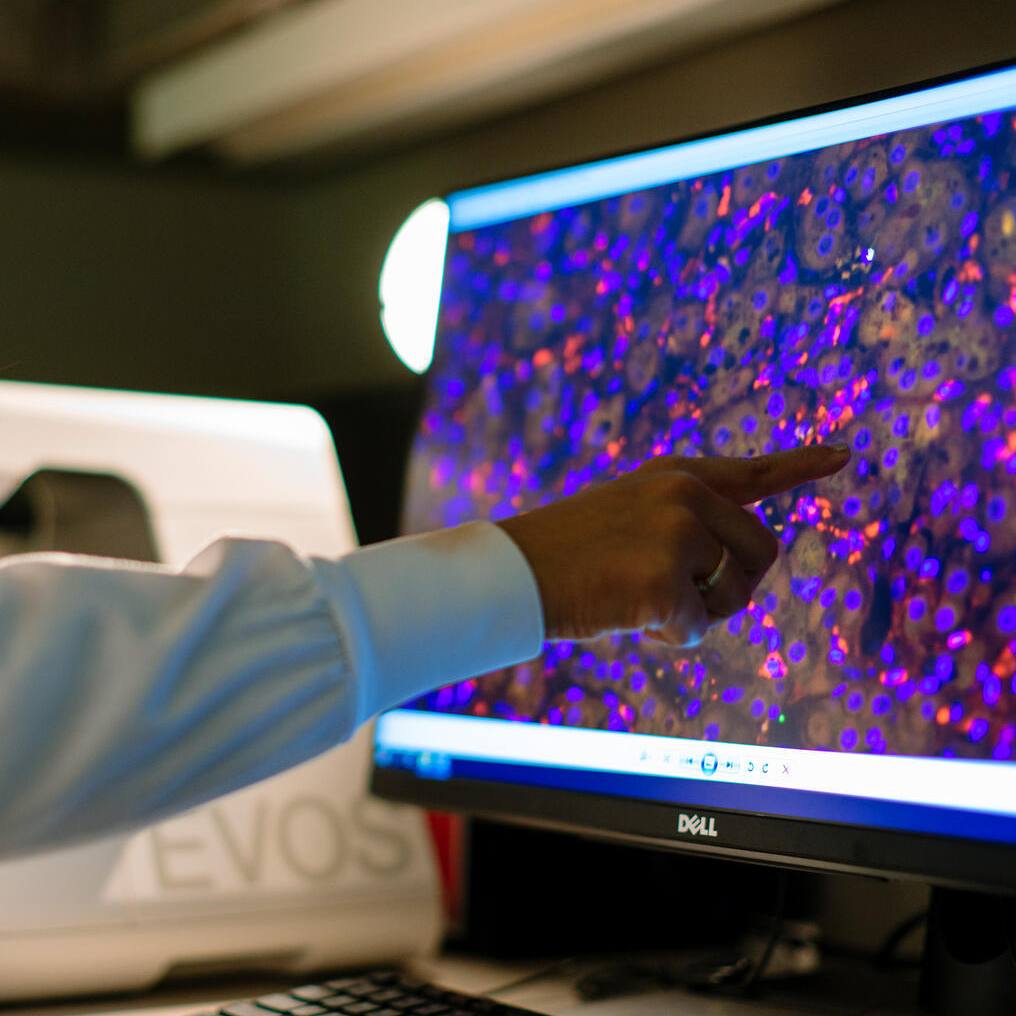-
Surgical innovations help personalize breast cancer treatment, improve quality of life

October is Breast Cancer Awareness Month
JACKSONVILLE, Florida — There are two surgical options to treat breast cancer: lumpectomy and mastectomy. But there are many more reasons why women choose one over another, says Sarah McLaughlin, M.D., a breast surgical oncologist and chair of the Department of Surgery at Mayo Clinic in Jacksonville, Florida.

"Some of that can be cancer-based, some of it can be family history and genetic, some of it can be personal peace of mind," Dr. McLaughlin explains.
More than 2 million women are diagnosed with breast cancer every year, according to the World Health Organization. Advances in treatment including surgical innovations are helping women and their healthcare teams personalize care and improve quality of life.
Breast cancer treatment involves a surgery to remove the cancer from the breast. It’s often used with other treatments, such as radiation therapy, chemotherapy, hormone therapy and targeted therapy. Surgery may also be used to reduce the risk of future cancer.
Surgical options include:
- Lumpectomy: Removing cancerous tissue and the surrounding margin of normal breast tissue.
- Mastectomy: Removing the entire breast.
- Sentinel lymph node biopsy: Removing a few lymph nodes to check whether cancer has spread to them.
- Axillary lymph node dissection: removing more lymph nodes from under the arm if there is many sentinel lymph nodes with cancer in them.
- Reconstructive surgery: Breast reconstruction following a mastectomy rebuilds the breast.
The approaches to all of these options are evolving as knowledge grows. For example, decades of research have shown similar long-term survival rates for lumpectomies and mastectomies, Dr. McLaughlin explains.
"If you don't need a mastectomy, you wouldn’t do better or live longer because you have one,” Dr. McLaughlin says.
Some patients no longer need lymph nodes under the armpit removed.
Contemporary mastectomy techniques focus on removing less skin and preserving the nipple and areola when possible.
In oncoplastic surgery for lumpectomies, surgeons place incisions remote from the actual site of cancer and, after removing cancerous tissue, rearrange the breast tissue that remains to maintain a cosmetically acceptable breast, Dr. McLaughlin says.
Dr. McLaughlin’s research focuses on improving the quality of life for breast cancer survivors. She is contributing to the establishment of a breast organoid biobank at Mayo Clinic using excess breast tissue from volunteers to speed research.
“Breast cancer patients are living longer and longer and longer, so issues of survivorship are becoming much more important,” Dr. McLaughlin says.
One significant issue for breast cancer survivors who have had lymph nodes removed can be lymphedema, tissue swelling caused by an accumulation of fluid that usually is removed by lymph nodes. Lymphedema can cause symptoms ranging from mild to severe, including discomfort, swelling, a feeling of tightness or heaviness, limited range of motion, recurring infections and hardened skin.
Dr. McLaughlin’s work includes studies to predict, prevent and improve treatment of lymphedema, including identifying biomarkers and developing tailored treatment strategies.
“There’s a lot of current focus on techniques to reduce the risk of developing lymphedema,” she explains.
Those techniques include axillary reverse mapping, which maps the lymph nodes that drain the arm, separating them from those that drain the breast, allowing the surgeon to remove only those that drain the breast. Another option is reconstructing the lymphatic system if there is extensive lymph node removal.
Lymphedema can be debilitating and a chronic reminder of the cancer treatment, Dr. McLaughlin says.
“The intense focus on management and therapy related to it becomes time-consuming, expensive and painful for patients to manage,” she adds. “We want to try to reduce that as much as possible.”
It's important to work with your healthcare team to determine what treatments are best for you. Considerations may include the stage of cancer, your personal preferences and overall health.
“Our goal is to do as little as possible while achieving the highest level of success, which is long- term survival,” Dr. McLaughlin says.
For more information about breast cancer, visit the Mayo Clinic Comprehensive Cancer Center blog.
###
About Mayo Clinic
Mayo Clinic is a nonprofit organization committed to innovation in clinical practice, education and research, and to providing compassion, expertise and answers to everyone who needs healing. Visit the Mayo Clinic News Network for additional Mayo Clinic news.
Media contact:
- Sharon Theimer, Mayo Clinic Communications, newsbureau@mayo.edu







